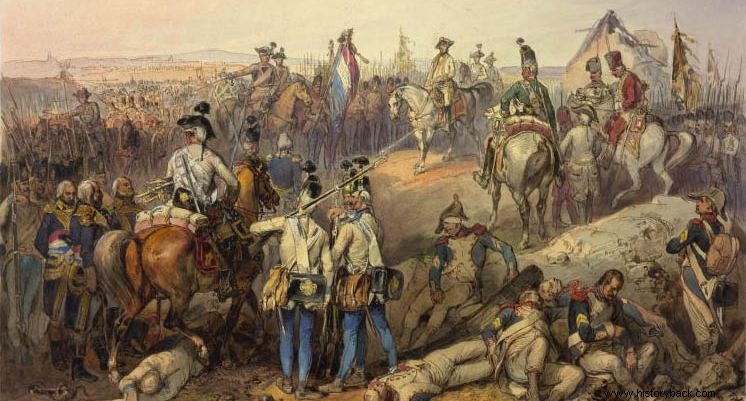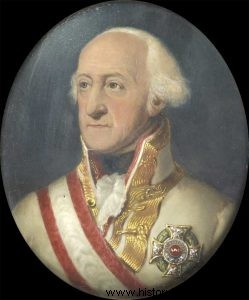
Prince Frederick Josiah of Saxe-Coburg Saalfeld was one of the best generals of his time, a follower of the offensive doctrine who managed to glorify the Austrian weapons in difficult times, facing the Turks, but also the French. em>
Josias was born in 1737. He was the youngest son of the Duke of Saxe-Coburg. From an early age he showed his inclination towards the military. He enlisted in the Austrian army at the age of 18. He fought as a brigadier general of the Ansbach panzer regiment and distinguished himself from the start. In 1758 he was promoted to lieutenant colonel and the following year to colonel.
In 1766 he was promoted to lieutenant general and in 1773 to lieutenant general. In 1778 – 88 he took over as governor of Galicia where he also distinguished himself in his political duties.
The Turkish War
In 1788, with the entry of the Habsburg Empire into the war against the Turks, he took command of a corps of 18,000 men under the command of Field Marshal von Ludden. However, he soon assumed independent command and, reinforced by a small Russian corps under Suvorov, achieved great victories against the Turks.
After the victory in Foksani, crushed the Turks at Rimnik and occupied most of Wallachia reaching Bucharest. For his action he was promoted to marshal and was decorated with the highest Austrian award, the Cross of the Order of Maria Theresa. During the war Josias met a simple woman whom he married and who gave him a son.
Against the French
In 1793 Saxe-Coburg was sent to the Netherlands which were threatened by the armies of the French Revolution. Although the forces were dramatically outnumbered, he managed, always on the offensive, to defeat the French at Aldenhofen and Neerwieden, forcing the opponents to evacuate Dutch territory.
Then they were defeated by Coubrin at Valenciennes, but also at Arras. In 1794 he managed to defeat twice as many Frenchmen at Landressy. In the great battle of Tournai, he commanded the allied right, contributing decisively to the victory against the French. At Fleury he tried to prevent the defeat but he didn't succeed.
It was his last battle. With his health seriously damaged by the constant campaigns, and also embittered by Vienna's decision to leave Belgium, he retired and became a privateer until his death in 1815.

